Sketchup and Blender
-
Winner.
Show the blender mesh.
Mine way to quickly learn commands is with the dynamic menu. Hit space bar while in the viewport and start typing.
-
@rich o brien said:
Winner.
Show the blender mesh.
Mine way to quickly learn commands is with the dynamic menu. Hit space bar while in the viewport and start typing.
What is supposed to happen when you hit space, I get a window that opens but not sure what to do then.
Here is the screen shot.

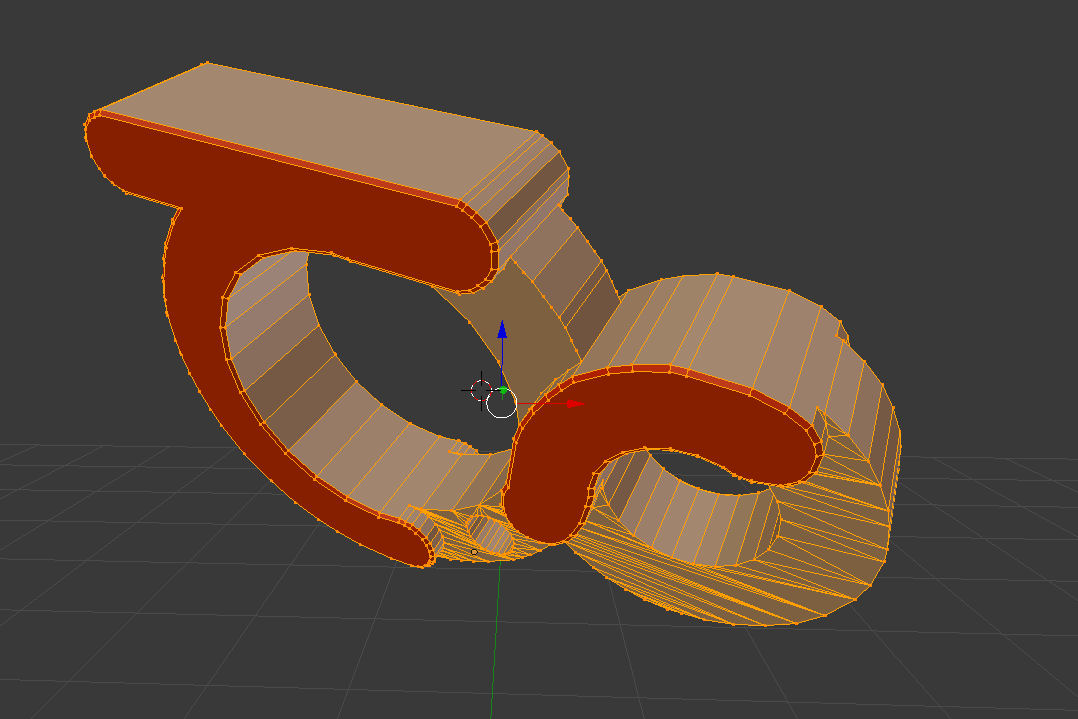
-
You should see this command palette...
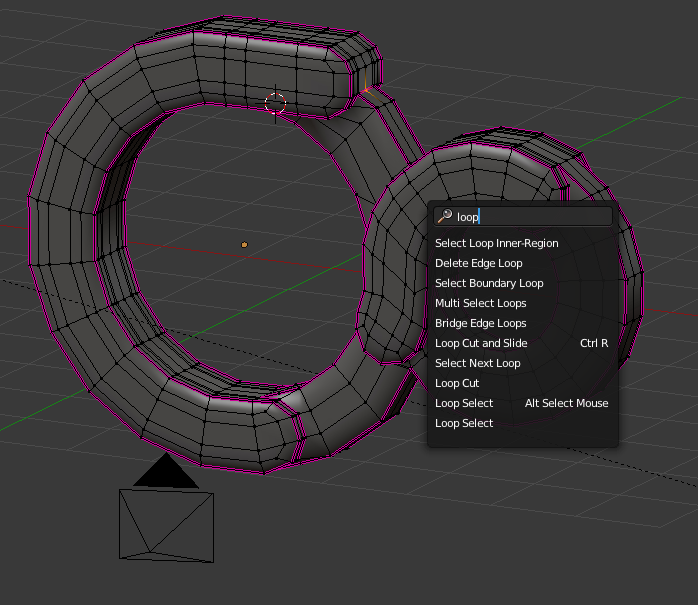
...here you can type a word to see what the command is...
example...if you needed to merge verts hit space - type merge...
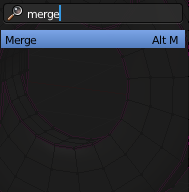
...and you'll see the command is Alt+M
Great way to learn what is the shortcuts and the commands.
I'd really like to see the Thea Logo in edit mode.
Select it, hit edit and then hit / on the numpad to go into local view.
Take a screengrab while in edit mode so we can see the mesh.
-
Woohoo!! Thanks for starting this thread Pete, glad to see Rich and Michalis right on board! I will be watching and participating as I can. I
 Blender!
Blender! -
My tool of choice in SU is TIG's "Triangulate Faces" plugin. Before exporting anything to Blender that I will be editing in Blender, I always make sure I can see the entirety of my topology, and then make extensive use of the sandbox "Flip Edge" tool. I use TIG's obj exporter for my conversion, then import with the "keep vert order" option. (This is important for vray proxies, plus it helps keep the outliner neater.) Then in Blender: Mesh -> vertices - > "remove doubles", and Alt-J for tris to Quads.
-
@unknownuser said:
I'd really like to see the Thea Logo in edit mode.
I inserted it into post above, not much done to it from export, I figured it would be under water so it will be fine.

-
@andybot said:
My tool of choice in SU is TIG's "Triangulate Faces" plugin. Before exporting anything to Blender that I will be editing in Blender, I always make sure I can see the entirety of my topology, and then make extensive use of the sandbox "Flip Edge" tool. I use TIG's obj exporter for my conversion, then import with the "keep vert order" option. (This is important for vray proxies, plus it helps keep the outliner neater.) Then in Blender: Mesh -> vertices - > "remove doubles", and Alt-J for tris to Quads.
Ooo, thanks, gonna try this.
-
Do you want my .blend file? It's a bit rough but you might see things that raise some questions?
-
@rich o brien said:
Do you want my .blend file? It's a bit rough but you might see things that raise some questions?
Yeah, always good to compare things and learn tricks, thanks
-
Yes, glad you started this thread Pete.
I started learning Blender a few months ago and like everything I try to tackle I have to do it in small doses because of time issues.
Anyway, I have been following the Blender Tutor http://www.blendertutor.com/page/4/?fp_type=news with pretty good results.
I finished the coffee pot and am starting the SNES machine tutorial next.
I think I have a better image at home but I am not at home now so...
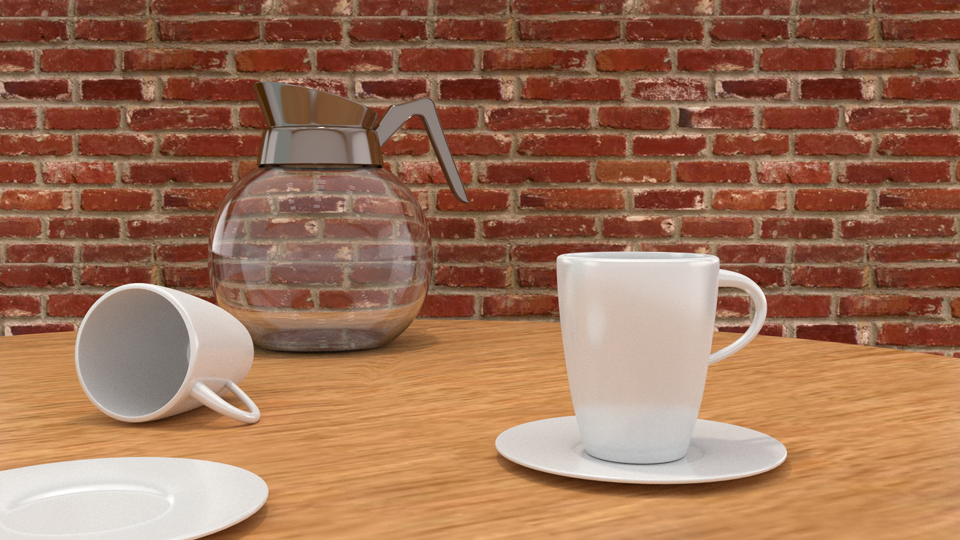
-
-
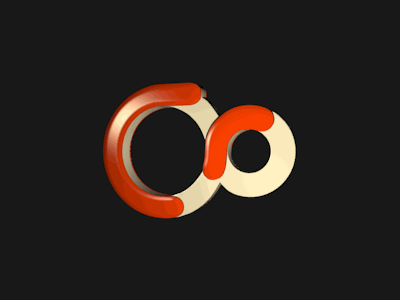
-
@rich o brien said:
Here you go....
[attachment=0:7zja5vc2]<!-- ia0 -->thea-logo-su.zip<!-- ia0 -->[/attachment:7zja5vc2]
Load file
Press 0 for Camera view
Press Alt+A to play animation
That is a clean logo. Hmm, basic mesh with a sub-D modifier only.
So this is modeled in SU, exported to Blender and added a modifier only?
I'd love to sit next to you as you model this in SU as I cannot seem to get my head around what tools you used and your workflow, then I need to still figure out the material assigning in Blender, I did a tutorial this weekend and it's already forgotten.

-
Yes modeled in SU to a point just to figure out vert placement and form. Then into Blender for tweaking and some edge loops, creases and sub-d
-
BTW, a better way to figure what key does what...
-
Now I'm goofing around with fluid flow.
I'm learning Blender arse about face, doing fluids, then particles and fabric.
I want to have fun learning.Some crazy DOF and HDRI lighting with a few emitters.
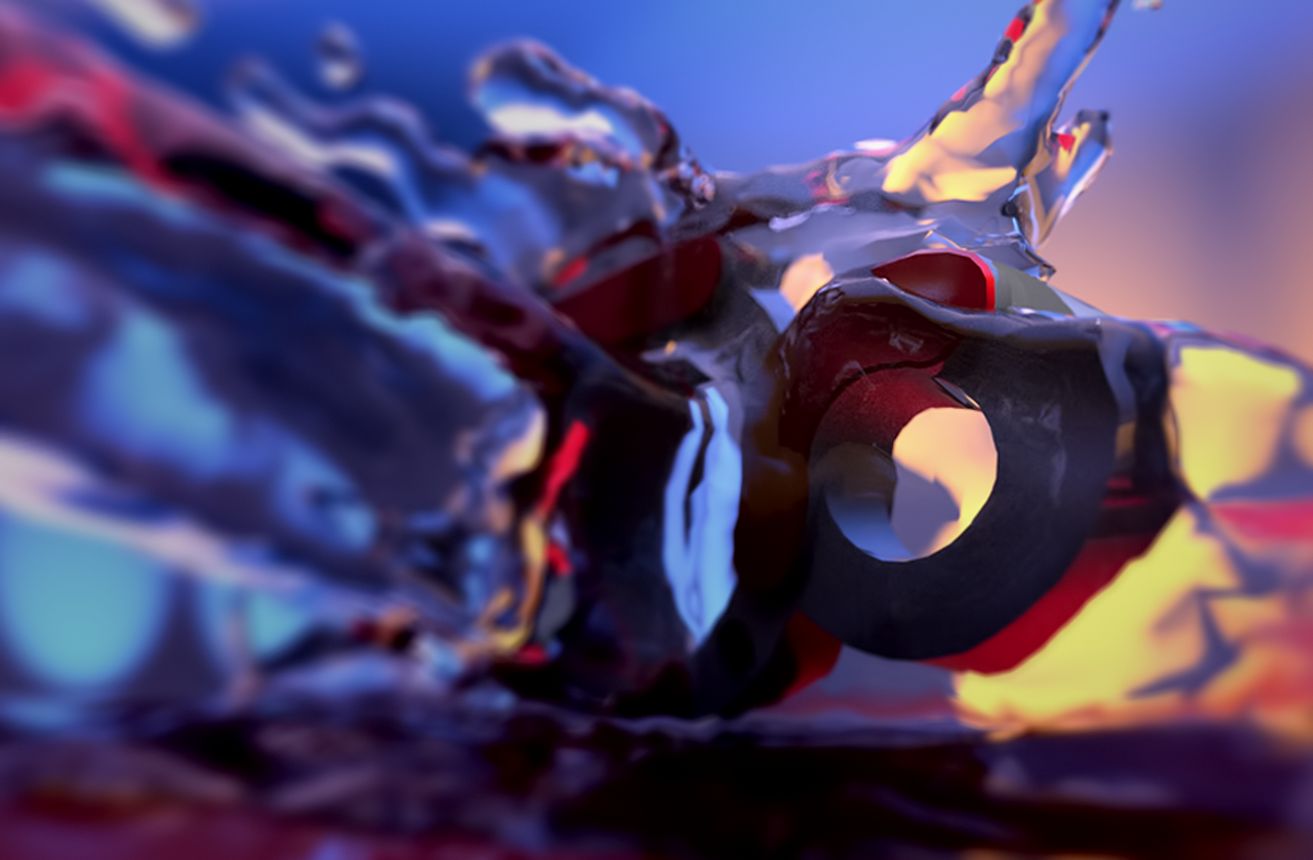
-
Is that with Thea plugin?
-
-
I must invest in it.
-
@rich o brien said:
I must invest in it.
Looks like it's free.
Oh, do follow the installation guide as I messed up initially, there are a couple of steps that are important.
Advertisement







